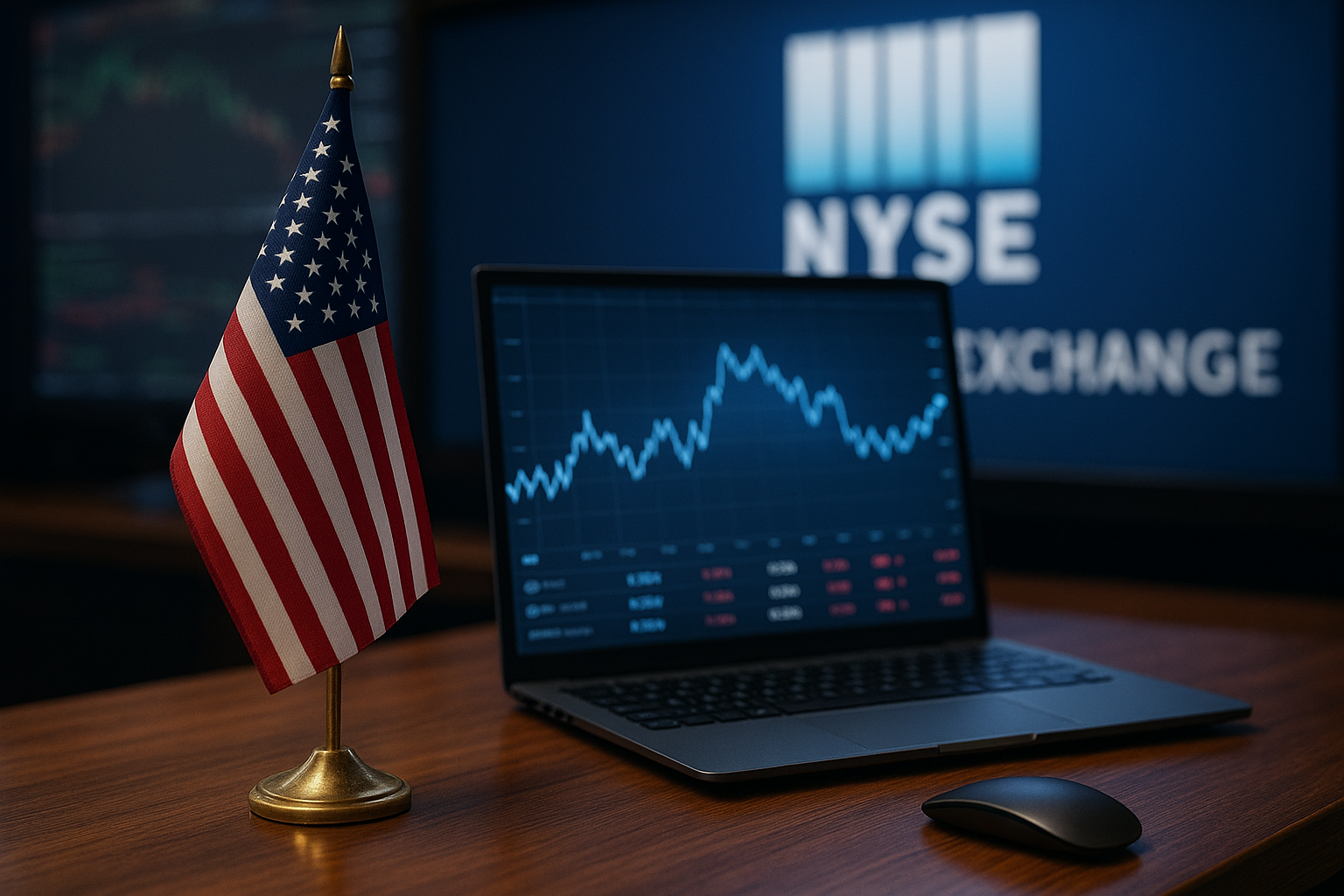As global defense priorities shift toward modernization, RTX’s Raytheon division has unveiled its latest strategic innovation: the MTS-A HD multispectral targeting system (MTS), developed specifically for U.S. Navy helicopters. This cutting-edge system integrates high-resolution imagery and advanced AI-powered sensor technology, offering enhanced situational awareness and targeting precision in maritime and battlefield environments.
With military contracts increasingly favoring AI-enhanced, multi-domain systems, the announcement places RTX (NYSE: RTX) squarely in the spotlight of the aerospace and defense investment narrative.
Why This Launch Matters Now
Military modernization is accelerating across NATO and allied countries, particularly in response to rising geopolitical tensions in the South China Sea, Eastern Europe, and the Middle East. These theaters of conflict demand next-generation surveillance, tracking, and targeting tools—capabilities the MTS-A HD is specifically designed to enhance.
Raytheon’s system delivers real-time, high-definition imaging and laser designation across multiple spectrums. The MTS-A HD is poised to significantly improve threat detection and engagement capability for U.S. Navy MH-60R/S Seahawk helicopters—workhorses of maritime reconnaissance and strike.
In a press release via RTX Newsroom, company executives emphasized that the system supports integration into existing fleets with minimal structural modification, potentially enabling quick deployment at scale.
The Bigger Picture: Defense Budgets, AI, and Optical Innovation
According to the Stockholm International Peace Research Institute, global military spending reached a record $2.4 trillion in 2024, with U.S. defense allocations exceeding $900 billion. A growing portion of this budget is earmarked for modernization programs, particularly in surveillance, AI, and remote sensing.
Raytheon’s MTS-A HD is part of a broader push among defense contractors—such as Lockheed Martin, BAE Systems, and Northrop Grumman—to embed AI in ISR (intelligence, surveillance, and reconnaissance) platforms. This trend aligns with the Department of Defense’s ongoing focus on Joint All-Domain Command and Control (JADC2), a multi-service initiative that seeks to unify sensors and shooters across all domains.
“Raytheon is aligning its tech stack with the Pentagon’s next-gen warfare vision,” said an aerospace analyst at Bernstein, noting the company’s strong position in high-margin sensor technology.
Collins Aerospace—also an RTX business—is likely to benefit from spillover innovation in optics and communications, further strengthening RTX’s diversified defense portfolio.
What Investors Should Watch
For investors, RTX’s latest unveiling reinforces several key themes worth monitoring:
- Sensor and Optics Demand: As ISR becomes a frontline priority, suppliers of precision optical systems are well-positioned for long-term contract growth.
- AI-Driven Defense: Merging traditional platforms with AI-enhanced systems is creating new growth avenues in both hardware and software procurement.
- U.S. Defense Procurement: Defense budgets remain strong amid geopolitical instability. Expect potential ramp-ups in 2025–2026 helicopter retrofit programs.
- RTX Strategic Positioning: With multiple business units aligned around defense innovation, RTX offers diversified exposure with long-term stability and upside in new contracts.
The U.S. Navy’s push for smarter battlefield intelligence suggests multi-year demand for modular, upgradeable targeting systems. Investors should monitor procurement developments from the Pentagon and allied governments—Raytheon’s MTS-A HD may be just the first in a series of next-gen optics announcements.
Key Investment Insight
RTX’s reveal of its high-definition targeting suite underscores the defense sector’s next phase: AI-infused precision warfare. As naval and aerospace forces demand smarter, faster, and more adaptive sensor systems, companies with vertical integration in AI optics and avionics—like RTX—could become high-value pillars in defense portfolios. Watch closely for upcoming Navy contract awards and modernization frameworks in Q4 2025.
Stay tuned to MoneyNews.Today for real-time updates on AI, defense tech, and aerospace innovation—where emerging signals become tomorrow’s investor edge.





